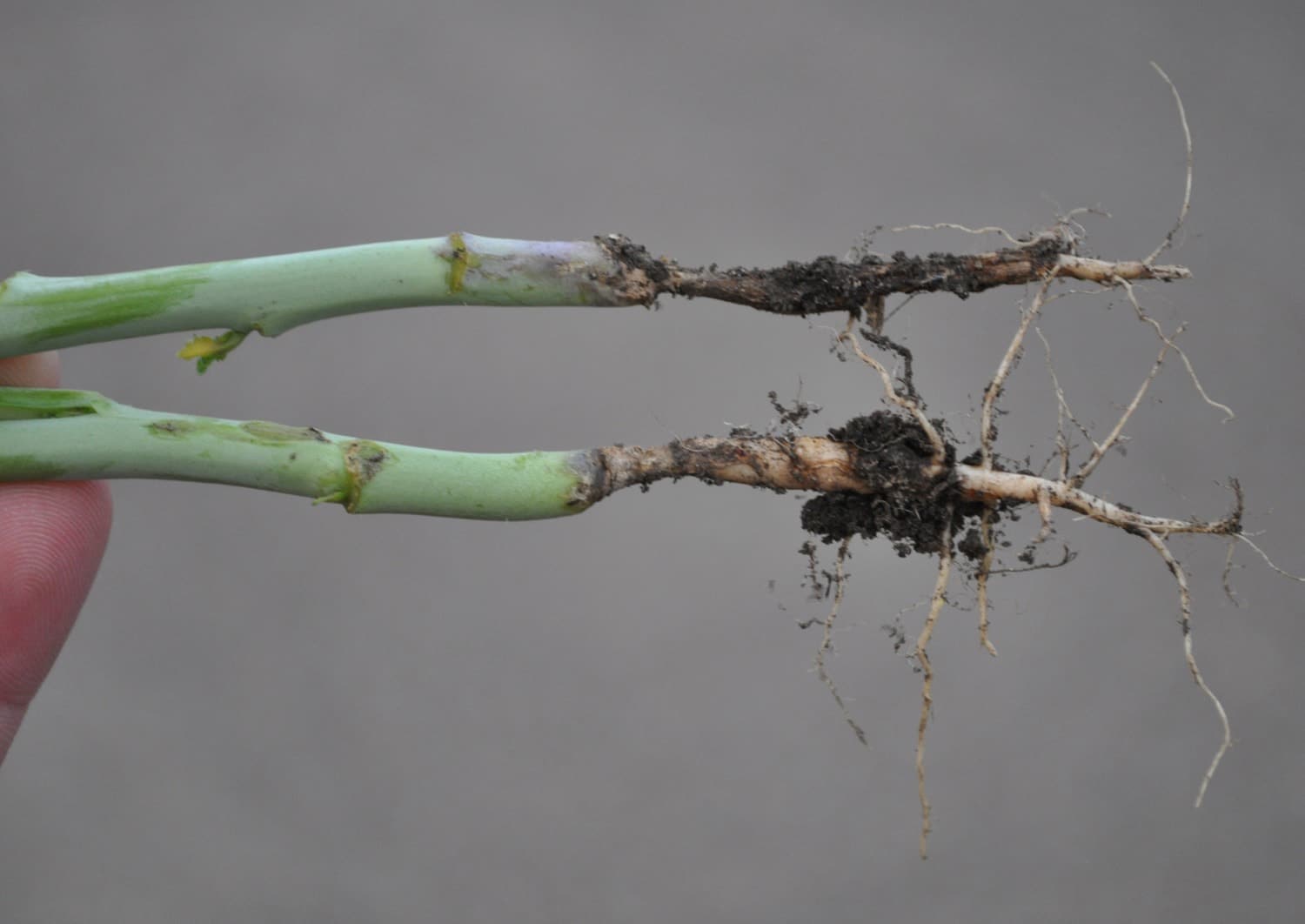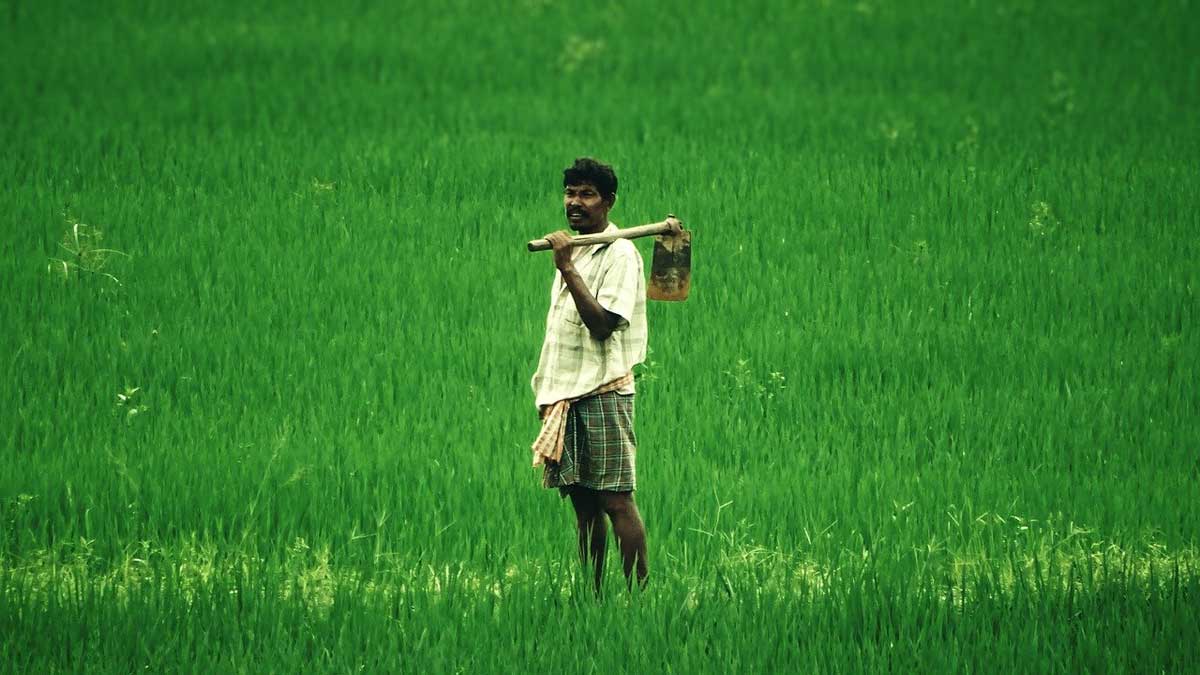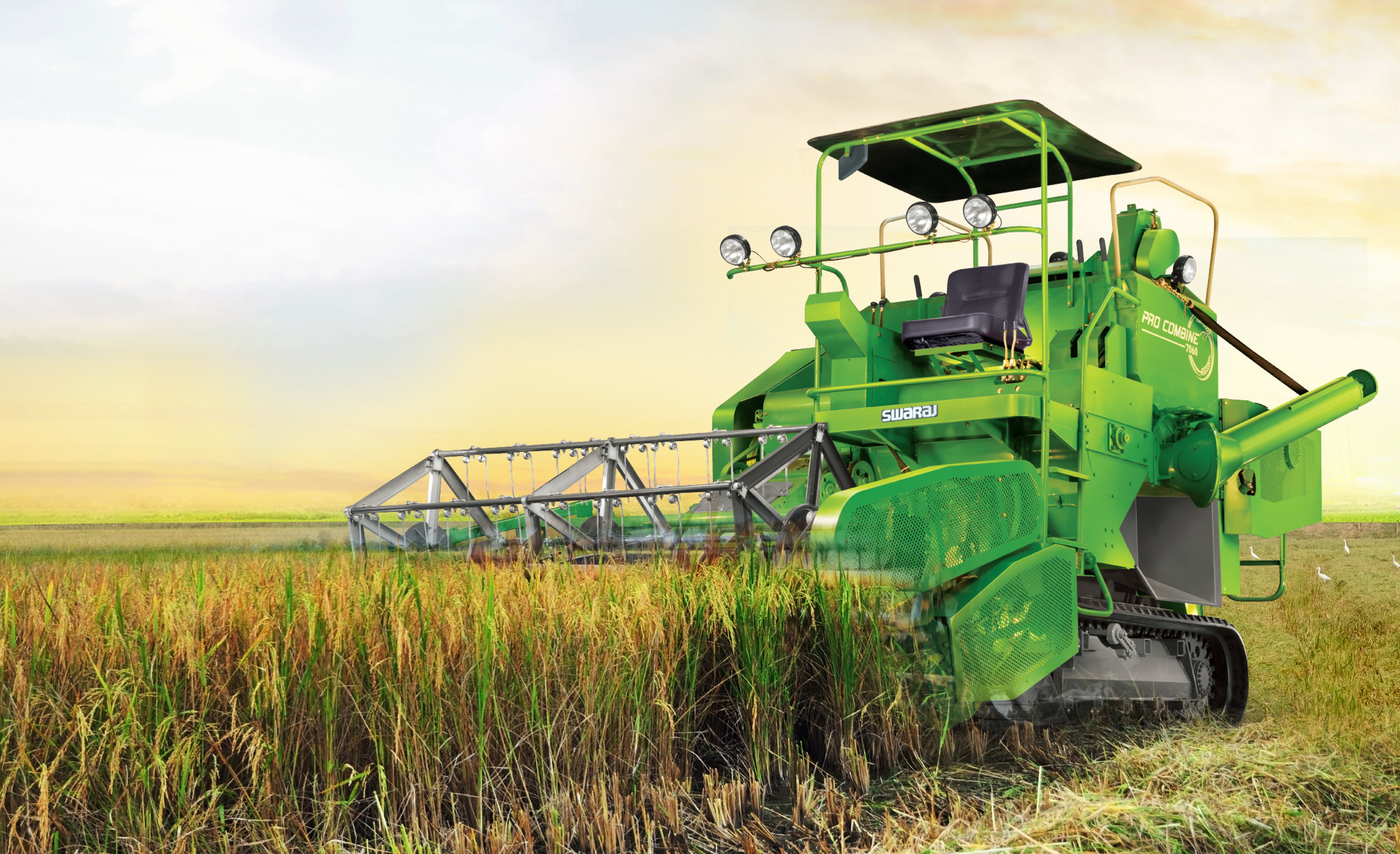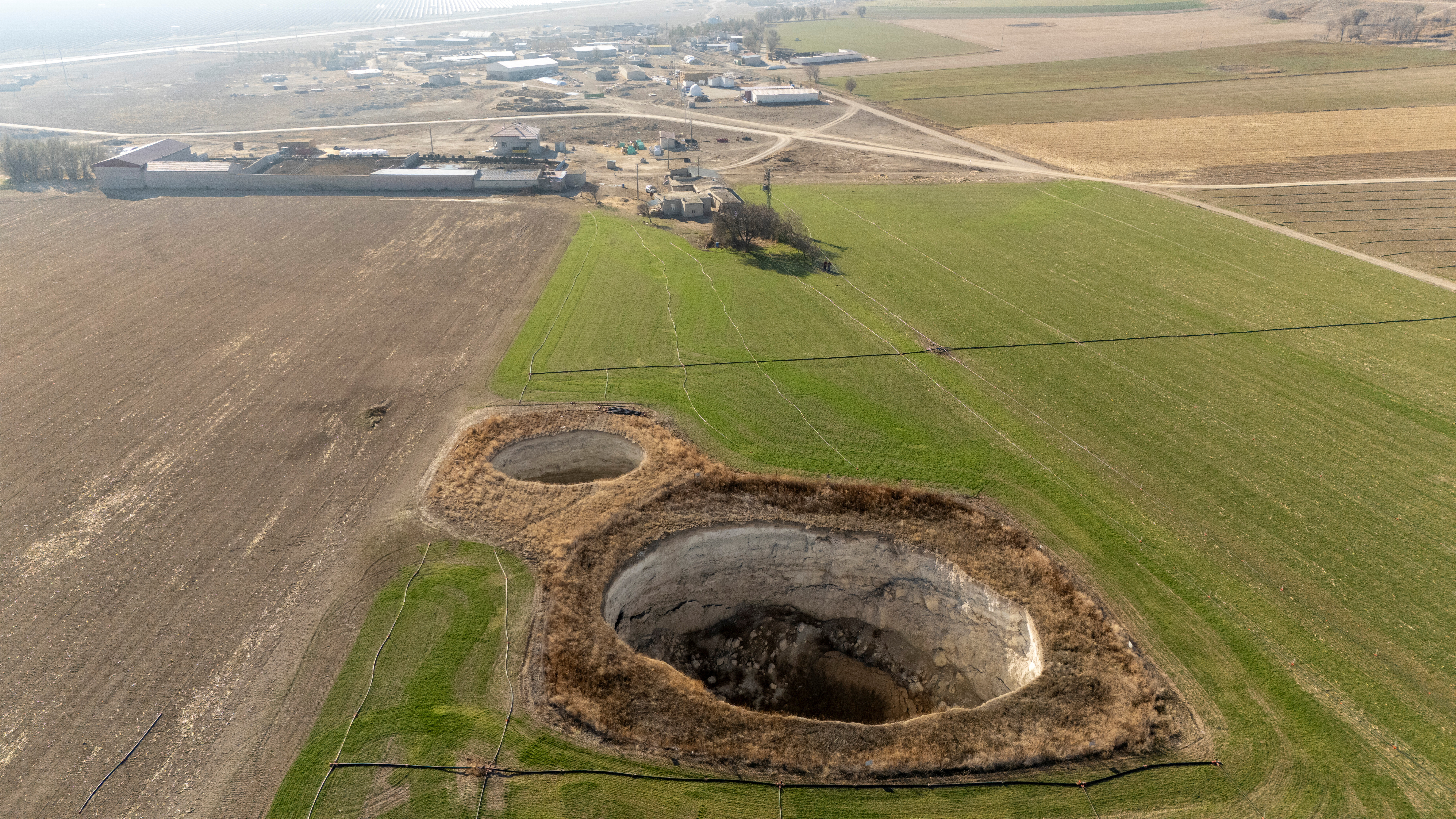Root rot has been established in some pea and lentil fields across North Dakota and Montana, with widespread crop loss observed in 2022-23. To help, North Dakota State University (NDSU) research is focusing on what farmers can do to reduce their root rot risk as they begin seeding their pulse crops this spring.
“What makes root rot particularly challenging to manage is the pathogens that can cause root rot produce survival structures that can survive in the soil for many years,” said Audrey Kalil, former NDSU plant pathologist at Williston Research Extension Center’s field days in 2023. “The Fusarium and Aphanomyces pathogens that cause root rot in our region can infect fields all season long.”
Kalil has moved on to become the agronomist/outreach coordinator at Horizon Resources (January 2024), but she has conducted several studies on root rot in peas and lentils, and she takes that knowledge with her to help farmers mitigate losses at Horizon.
From 2018-2023, Kalil worked closely with Michael Wunsch, NDSU plant pathologist at Carrington Research Extension Center, on a range of trials evaluating management tactics for root rot diseases.
Most recently, they were evaluating managing root rot by using a combination of tactics, including early planting, fungicide seed treatment, crop rotation and variety resistance. From their previous work conducted in field peas, they had discovered that yield loss can be reduced by using fungicide seed treatment, planting early, and crop rotation.
“When you first plant a susceptible host crop in a field, such as peas and lentils, and you have a wet year, that crop looks fantastic. However, below ground, you end up with lots of reproduction of Aphanomyces on the root,” she said. “The spores produced by this pathogen can survive in the soil for more than 10 years. Then, the next time you plant peas or lentils in that field and get wet conditions, you are at risk for root rot on that crop.”
Aphanomyces and Fusarium pathogens, the predominant pathogens causing root rot diseases, thrive in warm soil conditions, so seeding early can boost yields.
Kalil and Wunsch evaluated early, moderate, and late planting dates in multiple trials across several years to see which was best for lowering root rot risk and discovered root rot increased sharply with delays in planting.
“To reduce root rot, target a soil temperature at seeding depth below 50 degrees the day of planting and the six days following it,” Kalil said.
However, Kalil pointed out in 2023 their earliest planting date of April 25 had a soil temperature that was already above 50 degrees averaged across the week following seeding.
“Actually, none of these planting dates hit the ideal temperature, and we did not see an impact of planting date on root rot,” she said.
However, under these conditions, the fungicide seed treatment lowered root rot severity.
“Seed treatment can be really beneficial when you’re seeding into these cool soil temperatures. You can get a lot of problems with seed rot and seedling blight diseases caused by soil-borne pathogens pythium and rhizoctonia. With seedling blight, the plant dies after emergence, and with seed rot, the seed literally rots in the ground,” Kalil said.
When these diseases are severe, growers will see bare patches in their fields.
“Based on the trials we have conducted, without question, we should be using fungicide seed treatments with field peas and probably with lentils, as well, when seeding into cool soils,” she said. “Combined with early planting, we observed a 5-7 bushel per acre pea yield increase due to the fungicide seed treatment.”
Root rot caused by Aphanomyces and Fusarium can be less responsive to fungicide seed treatments because the disease can occur season long.
“These pathogens can infect the plant beginning at emergence, especially in warm soils,” Kalil said. “That is why if you seed early, you give the crop a head start, but if you are seeding later, that pathogen could be attacking your plant at emergence. It can be particularly damaging if we get heavy rains when the crop is emerging.”
Kalil and Wunsch conducted crop rotational trials with peas and lentils, finding the best results occurred when the field had a 5-year break.
“Wunsch has found that by going from a 2- to 3-year rotation to a 6-year rotation on field peas, you can get a 9-11 bushel per acre increase,” she said.“My lentil study is a little more recent, so I’m kind of waiting to get more data, but I’m seeing a similar pattern. What we’ve seen is you really need a minimum 5-year break to see a reduction in root rot.”
The environment can also complicate management of root rot based on field history.
“It’s not just how much rainfall, it’s when it falls and when it falls relative to when you seeded,” Kalil said. “We are working on giving you a better picture of your root rot risk, because right now, it’s very challenging.”
Wunsch will continue to conduct studies to help understand the effect of crop history along with root rot risk management tactics.
Diagnosis is the first step in root disease management.
“When you’re looking for root rot, it’s that brown discoloration. There may also be reduced nodulation and lateral roots. When it’s mild, you might just see some brown discoloration right around that seed attachment site,” she said. “The whole crop should be green during flowering and pod fill, but when you see plants turning yellow or brown early – that might be root rot,” she said.
Kalil recommends submitting seed for pathogen testing prior to planting and only planting seeds where the pathogen levels are below recommended thresholds.
“For some diseases, such as Anthracnose and Ascochyta blight, seed can carry pathogens and transmit it from seed to plant. Some diseases are challenging to manage once they enter a field, so we want to make sure we prevent that,” Kalil said. “Fungicide seed treatment can help with foliar diseases that are transmitted via seed, such as Ascochyta blight on chickpea, peas, and lentils, and Anthracnose for lentil.”
Good agronomics are the key to managing root diseases long term in peas and lentils, Kalil advised.
“Where root rot has become problematic, growers should rotate away from peas and lentils to non-host crops like small grains, canola, chickpea, soybean or flax for a minimum of five years before planting pea or lentil,” she concluded.
There is a new testing service offered by the National Agriculture Genotyping Center in Fargo, N.D., that growers can utilize to test soil or plants for pea and lentil root rot pathogens.
Source - https://agupdate.com













